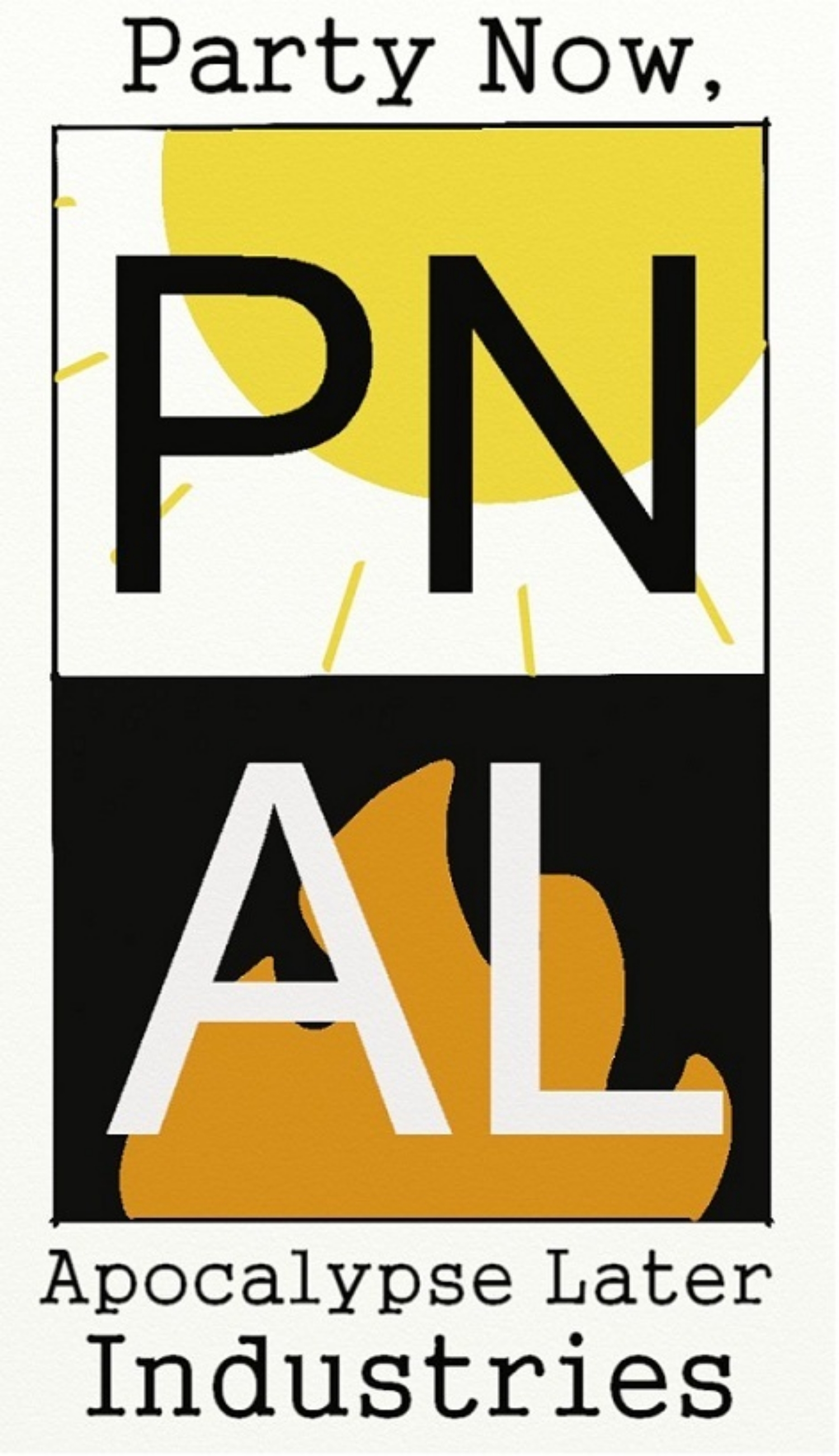Director: Christopher Nolan
Cast: Christian Bale, Michael Caine, Liam Neeson, Gary Oldman
Have I Seen it Before: Oh, man. Summer of 2005. The eventual release of this film and the abatement of the era of Schumacher were the only things getting me out of bed in the morning.
Did I Like It: It’s a strange thing from some different angles, but this movie is often overshadowed by the juggernaut that was The Dark Knight (2008). In some ways, that’s fair, as Nolan so succeeded with this freshman effort that he was subsequently given the same freedom to flex his creative muscles in the sequel that Tim Burton was given in Batman Returns (1992) and Schumacher (I guess) got in Batman & Robin (1997).
And it’s fair primarily in the sense that this film is somewhat mired in very basic film writing tools. There’s a big set piece at the end, featuring the monorail built by the Wayne family and Wayne Tower that is seeded in the films early minutes. There are a few call backs to early sections of the film that feel a little jokey. The dialogue for Ra’s Al Ghul (Neeson) that is far too on-the-nose villain speak. And there’s a moment that causes regular audiences—and even myself—enjoy, but in the verisimilitude Nolan is going out of his way to try to achieve, doesn’t make any sense. Why does Batman (Bale) use his first appearance to say “I’m Batman” when that seems like something that the media would attach to him after he begins to terrorize the underworld? Even the Zack Snyder films—a complete drag as they mostly are—manage to give the Dark Knight more of an urban legend quality. It is one of the few things that those films got right.
There’s also that sense, and I think it mainly comes from the Star Trek series, that if the second film in the series is the absolute best-case scenario for a film series, then it must be because there is something wrong with the first film. This really isn’t case, other than those nitpicks I indicated above. The film is interested in character development (even if some of the characters drift into archetypes, see above) and moving those characters forward. The toys, to borrow a term from Jack Nicholson, Batman uses are given origins that may not be realistic, but have a certain James Bondian logic.
The film would have scratched all of my various bat-itches by the end, and then there’s that final scene. I remember in the theater when Gordon (Oldman) turns over that playing card, I had an expression of pure joy. He was out there. And at that moment, he was all potential. The imagination tingled. It’s a great way to leave a film. Even now, when the rise of the Clown Prince of Crime in this series had been fully and delightfully realized (and had become the rallying cry of every idiot with a blu ray player until Joaquin Phoenix gave them something else to fixate on), it still sends a shiver down my spine.
It’s still a pretty great way to make a movie.

